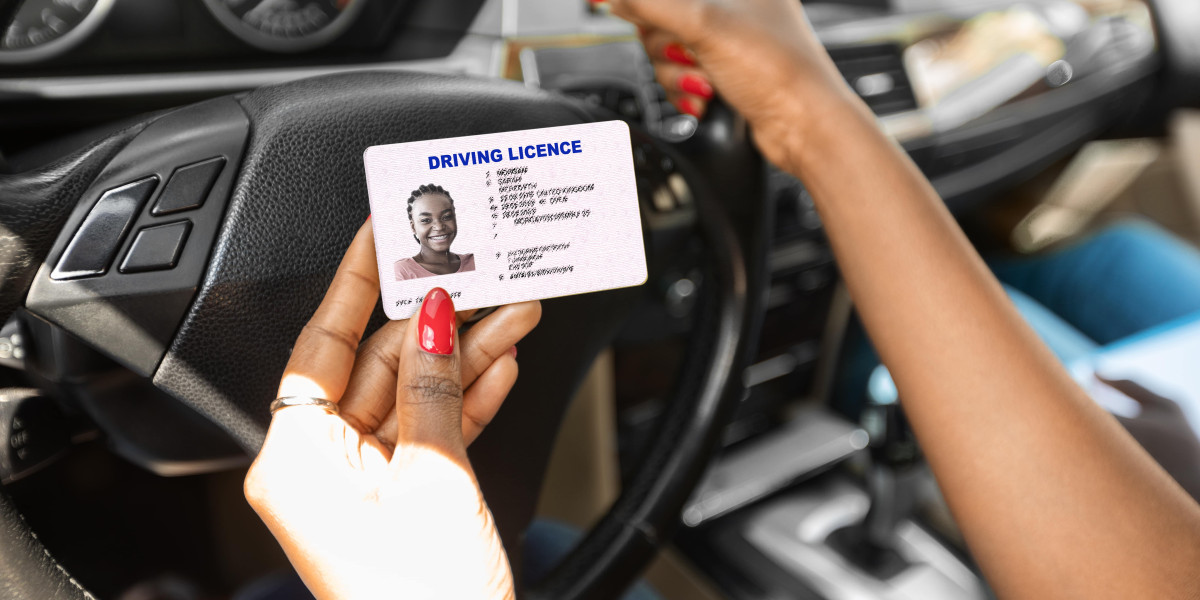
Understanding the UK Driver License: A Comprehensive Guide
In the United Kingdom, holding a driver's license is a vital element of mobility and independence. Allowing individuals to operate motor vehicles lawfully, the driver license system is governed by a set of regulations that ensure both safety and competence on the roadways. This article dives into the intricacies of acquiring a UK driver license, the different types offered, the application process, renewal requirements, and regularly asked questions regarding the licensing system.
Types of Driver Licenses in the UK
In the UK, driver licenses are classified based upon the type of automobile being run. The following are the main classifications:
Category B: This is the most typical type for automobiles. It permits the holder to drive automobiles with an optimum weight of 3.5 tonnes and bring as much as 8 passengers.
Category A: Pertaining to motorcycles, this category is divided into 3 subcategories:
- A1: Light motorbikes (up to 125cc)
- A2: Medium motorcycles (up to 400cc)
- A: Any bike
Classification C: For larger vehicles such as trucks, this category permits the holder to drive cars over 3.5 tonnes.
Category D: This is designated for driving buses and coaches, which can carry more than 8 travelers.
Category BE, CE, and DE: These allow the driving of larger cars with trailers.
Getting the correct license is crucial, not just for legal compliance but likewise for making sure the security of the driver license uk, travelers, and other roadway users.
Steps to Obtain a UK Driver License
Obtaining a driver license in the buy uk driver's license online involves several actions, that include:
Step 1: Apply for a Provisional License
Before discovering to drive, people need to obtain a provisionary license. The requirements include:
- Being at least 17 years old (or 16 if obtaining a motorcycle or moped license).
- Providing recognition, such as a passport or biometric home permit.
- Paying the pertinent charge.
Step 2: Prepare for the Theory Test
When in possession of a provisionary license, candidates need to get ready for the theory test, which is divided into two parts:
- Multiple-choice questions: Testing understanding of road rules and regulations.
- Hazard understanding test: Evaluating the ability to recognize prospective threats on the road.
Step 3: Pass the Driving Test
After passing the theory test, people can reserve a useful driving test. This involves:
- Taking lessons with a qualified instructor to obtain driving abilities.
- Going through a dry run that assesses driving ability, decision-making, and roadway security awareness.
Step 4: Acquire a Full License
Upon passing the driving test, the person can apply for a complete driving license. The actions consist of:
- Completing the application provided by the Driver and Vehicle Licensing Agency (DVLA).
- Submitting the needed documents including the pass certificate from the buying driving licence test.
- Paying the cost for the full license.
Step 5: Understanding the Probationary Period
New drivers in the UK are subject to a probationary duration of two years after passing the driving test. Throughout this time, collecting 6 or more charge points can cause the license being revoked.
Renewing Your Driver License
Driver licenses in the UK do not end indefinitely; they require renewal. It is suggested to restore your license every 10 years. Here are the actions for renewal:
Check your eligibility: Valid driving licenses should be renewed before they expire or if there are changes to personal scenarios (such as health status).
Send the renewal application: This can be done online or through post. The renewal application requires similar documentation as the preliminary application, including identification and any appropriate charges.
Await processing: Once the application has been sent, it generally uses up to 3 weeks to get the renewed license.
Frequently Asked Questions (FAQs)
Q1: Can I drive with an overseas license in the UK?
Yes, visitors to the UK can drive using a valid abroad driver license for approximately 12 months. Nevertheless, after this period, they need to apply for a UK license if they wish to continue driving.
Q2: What files do I require to obtain a provisionary license?
You will require evidence of identity, a passport-sized image, and payment for the application fee. Furthermore, if you have changed your name, you'll require to supply supporting documents such as a marital relationship certificate or deed poll.
Q3: What occurs if I lose my driver license?
If you lose your driver license, you need to report the loss to the DVLA and apply for a replacement. This can be done online driving licence or through a paper application.
Q4: Are there any special factors to consider for obtaining a license for people with disabilities?
Yes, the UK has provisions and support offered for people with specials needs. Each case is assessed on an individual basis, and adjustments in vehicles might be required. The DVLA provides extra assistance for this process.

Q5: How long does it take to get a full driving license after passing the test?
Generally, when you pass the useful driving test, you can expect to get your full license within three weeks. However, this can differ based upon the volume of applications the DVLA is processing.
Getting a UK driver license is a complex procedure that requires dedication and understanding of roadway safety. From the preliminary application for a provisional license through to the last acquisition of a full driving license, each step contributes considerably to ensuring that the roads stay safe for all users. By understanding the various requirements and keeping abreast of changes in legislation, aspiring drivers can browse the complexities of the UK licensing system with confidence.



